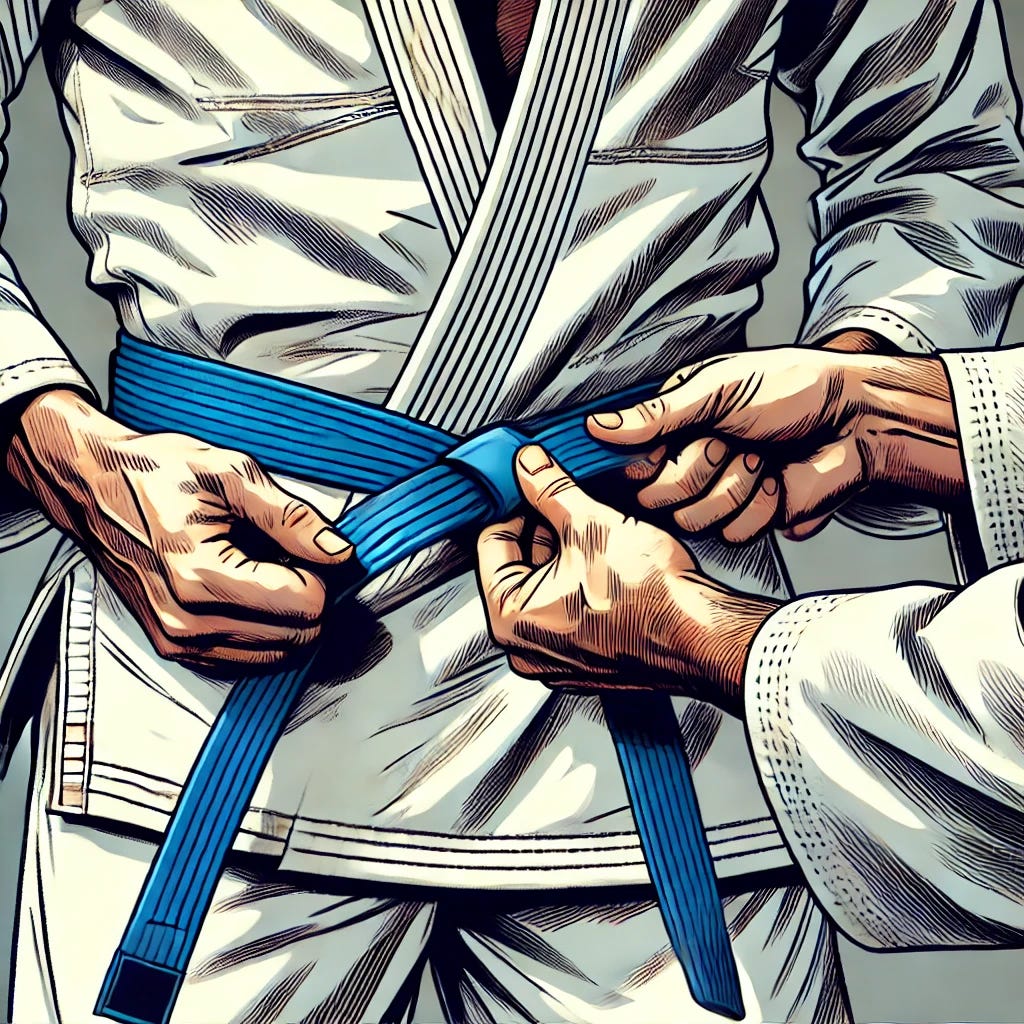Millstones are heavy circular stones used for grinding grain.
I’m willing to bet you’ve heard of having a millstone around your neck, so you probably already know mill stones are enormously heavy. This wasn’t always the case, though. Tens of thousands of years ago, we smashed up much smaller bits of grains at a time. There wasn’t much food production at a scale beyond a person’s immediate family or small tribe.
Back then, our ancestors would twist two stones together to smash up grains like wheat or barley. The bottom stone, called a bedstone, was relatively flat. The top stone, the runner stone, would be held by hand and then smashed down into the bedstone, with the hull of each little grain being twisted off and smashed away, leaving behind flour.
So it went for tens of thousands of years. One enormous innovation came many millennia later as the runner stones became circular, and a spindle would be attached to the bottom of the mill. The runner stone was attached to the shaft, so you could use the leverage of the simple machine at play to turn the wheel. You could set it up so that animals could turn such a wheel, or even flowing water.
So, those are mill stones. They’re heavy, and they can drag you down.
Milestones, by contrast, tell us something about ourselves. They remind us of the progress we’ve made on a long journey. Long before this process was formalized, people have remembered landmarks or specific geographical features in order to place themselves onto the maps of their territories.
You’ll never guess which empire formalized milestones.
Okay, you’ll probably guess the Romans, and you’ll be right. The Romans have the reputation for being obsessively organized, and for very good reason. Everything became more standardized as the need to know how far away you were from the next town became more and more important.
Every Roman mile was based on a thousand paces, and you can see this in the name: mile derives from milia, which means thousand in Latin. Roman soldiers would count their steps in a very precise way, so the distance of one Roman mile was always pretty close to 4,850 modern feet—just shy of a modern mile’s 5,280 feet.
With mile stones, you could determine whether or not to go into town for supplies before the last leg of your trip. If you were a merchant doing business in another city, it paid to know how many mules you would need to rent to carry your supplies. If you were the Roman military on the march (weren’t they always!), you needed to know how much grain and water to bring with you.
Milestones are good. Millstones are bad. Case closed, right?
Here’s where my literary twist comes in today. As someone who has been obsessed with goals in the past, I’ve had a first hand experience with attaining (or trying to attain) important milestones.
I love marking my progress, especially if I’m on a journey that takes a long time. In Brazilian Jiu Jitsu or judo, there are belts that serve as milestones. It might be ten or fifteen years before you get a black belt, but you might be able to get a blue belt with a couple of years of diligent study.
Receiving these belts from your instructors lets you know you’re on the right pathway, but they can also become the end instead of the means to mastery. People casually call this belt-chasing, but there’s nothing casual about this type of obsession. Students can sometimes miss the bigger picture in pursuit of these shorter term goals, the same way that some academic students will practice just to do well on one particular test.
Belt-chasing is one example of when milestones can become millstones. If you’re so obsessed with marking things off of your to-do list that you simply look for items to add to your list, you’re probably falling into this trap.
Can you think of any times when you’ve fallen into the millstone/milestone trap, where a marker of progress became an obsession that derailed the whole project?







Truning Milestones into Millstones. Sounds like we need to collaborate on a new essay.
Duolingo. I often find myself taking shortcuts by doing lessons in a language I already know well, just to set a checkmark next to the daily streak. This way, all the gamification elements that are aimed at keeping people engaged with Duolingo can often pull you away from the core goal of actually, you know, learning a language.